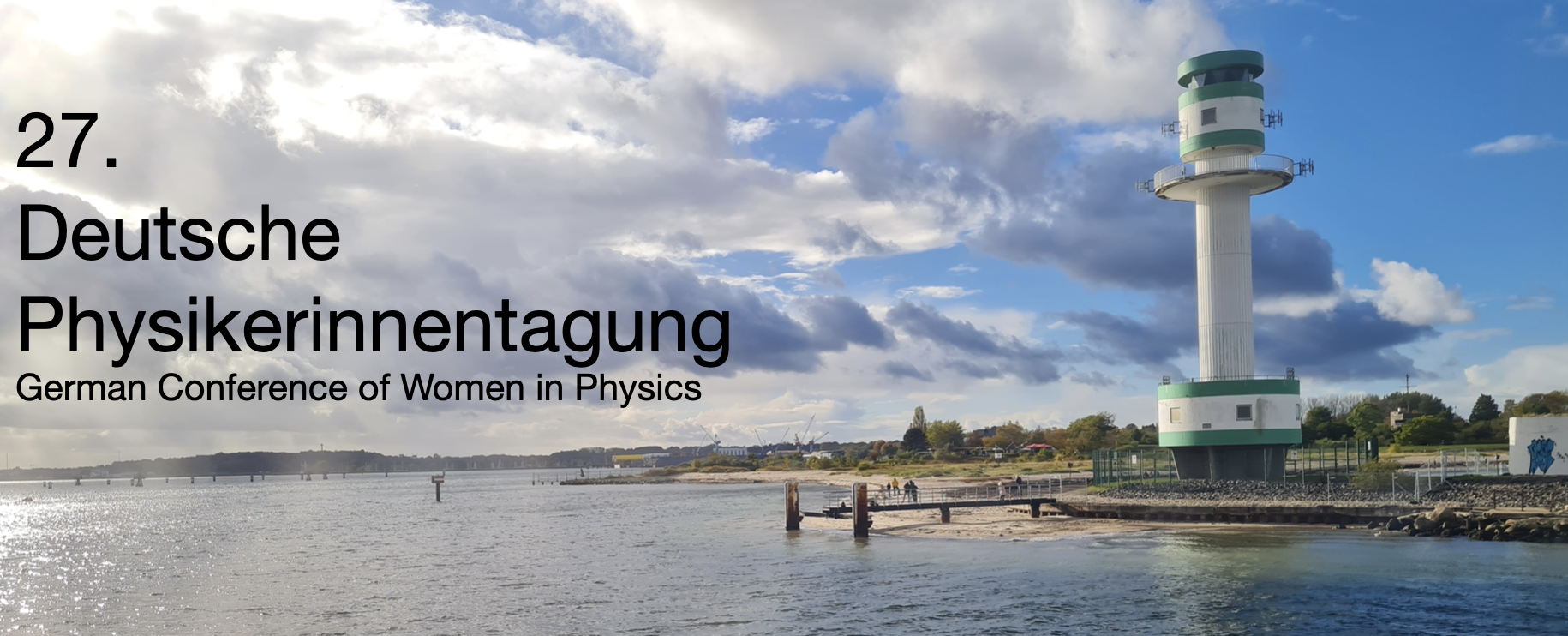Speaker
Description
In the last decade field-resolved infrared spectroscopy (FRS), a broadband, laser-based spectroscopic technique covering a vast part of the mid-infrared (mid-IR) range, has reached record detection sensitivities and dynamic range values [1]. This makes FRS suitable for the investigation of biological samples with high water content and in their natural aqueous environment, despite the strong attenuation of mid-IR light by water [2]. Combining FRS with flow cytometry enables the possibility for label-free investigation of a great number of individual cells in a short time, potentially exceeding thousands of cells per second [3]. However, for a reliable FRS measurement of particles in flow it is essential that the particles pass through an IR-compatible microfluidic chip in a corridor of a certain width, the so-called lamella, in a highly repeatable manner.
Here we present the performance of a home-made IR-compatible microfluidic chip developed for FRS, in terms of the lamella width and its central position stability. The central position of the lamella should coincide with the center of the IR focus, should be constant, and the lamella should be narrow to ensure that all particles passing the microfluidic chip can be spectroscopically characterized.
Initial tests of lamella stability were performed using a dye solution to visualize and monitor the position of the dark band (i.e., lamella) in the center of the microfluidic channel. Subsequently, we introduced polystyrene bead suspensions in a density-matched buffer and THP-1 cell suspensions to track particles and their positions over time for the characterization of the temporal lamella stability. Once a stable lamella was confined within the typical width of an IR focus for FRS applications, we investigated how the concentration of the particle suspension impacts system throughput in terms of number of particles per second passing the microfluidic chip. Based on these characterization measurements we designed an approach for optimization of microfluidic parameters to obtain thin and stable lamella at a maximum throughput of 200 particles/s and typical root-mean-square lateral jitter values of 12 µm.
References
[1] Hofer, Christina, et al. "Linear field-resolved spectroscopy approaching ultimate detection sensitivity." Optics Express 33.1 (2025): 1-17.
[2] Pupeza, Ioachim, et al. "Field-resolved infrared spectroscopy of biological systems." Nature 577.7788 (2020): 52-59.
[3] D. Gerz et al., CLEO/Europe -EQEC (2023).

